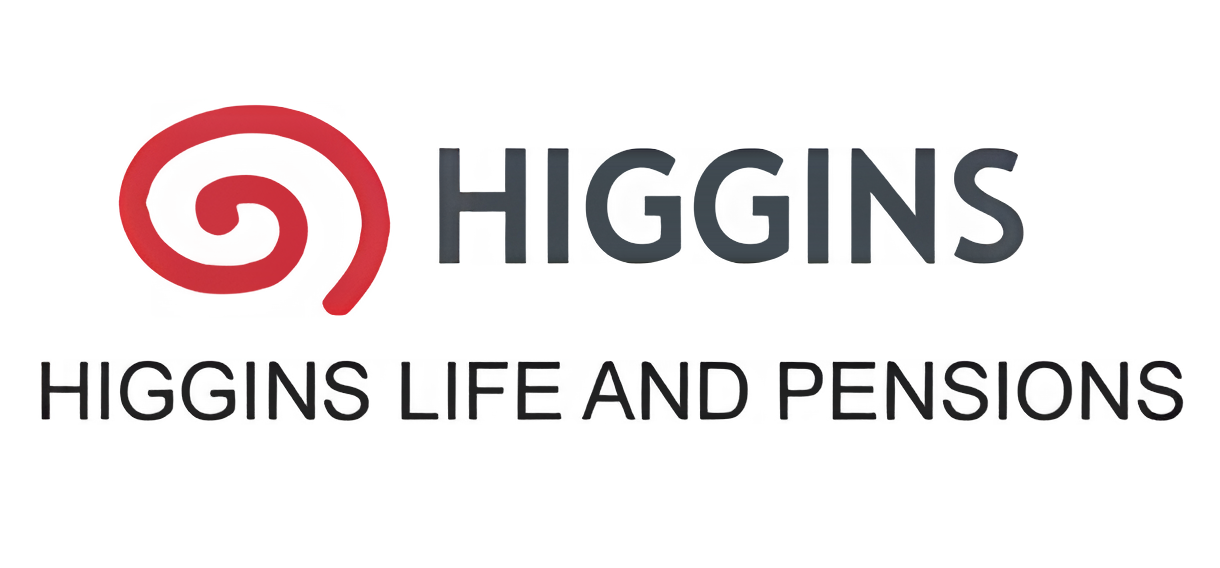Pension Advice
How often should you review your pension?
The ideal is once a year, but at least every two to three years is recommended. You should also review your needs in the event of any major changes in your life, whether financial or personal, e.g. on the purchase of a house, moving job, marriage etc.
There are many types of pensions available, and a pension is the most tax-efficient method of saving for retirement.
Personal Pensions
A personal pension can provide a great opportunity to achieve your retirement goals. With a range of options to suit your own risk appetite, we can offer control over how your funds are invested. Personal pensions offer favourable tax reliefs and can also provide a potential solution to inheritance tax planning for you and your family. There is no access to the fund before age 60 (or until you retire). Retirement benefits must be taken by your 75th birthday.
PRSAs
A Personal Retirement Savings Plan (PRSA) is suitable if you’re looking for a long-term investment plan to provide for your retirement. It’s flexible and convenient. Your employer can pay into your PRSA on your behalf. If your employment status changes or if he/she moves to a new employer, it is possible to bring a PRSA with them. There is no access to the fund before age 60 (or until you retire). Retirement benefits must be taken by your 75th birthday.
Company Pensions
A company pension is a tax efficient way to transfer profits from a company, providing retirement benefits to directors and employees. Employers typically agree to pay a % of the employee’s salary into your company pension monthly. Employees can choose whether to also pay additional voluntary contributions (AVC’s) in addition to the employer contribution. There is also the option for employers and/or employees to make one off (single premium) top ups to the pension plan during the year.
Each company pension scheme member will have a choice of funds to invest in. You can choose from funds that suits your own risk appetite.
Personal Retirement Bonds
If you are signed up to a company pension scheme but are leaving your job or your company pension scheme is being wound up a Personal Retirement Bond (PRB) is a good option. It allows you to have a plan in your own name to provide for your retirement. You can select to invest your lump sum from a range of options to suit the individuals own risk appetite. There is no access to the fund before age 60 (or until you retire). However, you can take early retirement from age 50 if you are retiring early.
Approved Retirement Funds
An Approved Retirement Fund (ARF) is suitable if you want to manage your retirement fund and want to take a regular withdrawal every year. Regular withdrawals between 4% and 15% can be made per year. With an ARF plan, you can pass the plan onto your family when you die. ARF’s are for customers who currently have your money invested in a personal pension plan, Personal Retirement Savings Account (PRSA), have an Additional Voluntary Contribution (AVC), are members of a company pension scheme or personal retirement bond which provides ARF options or are currently invested in another ARF plan.

